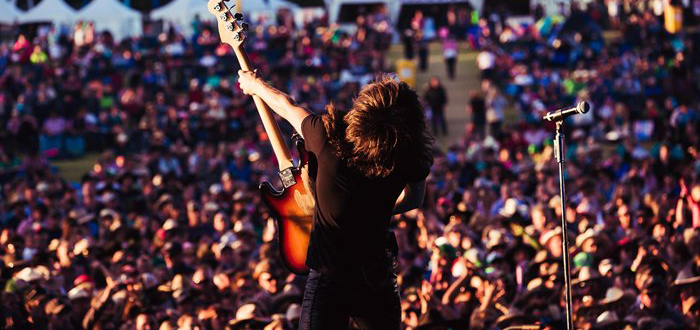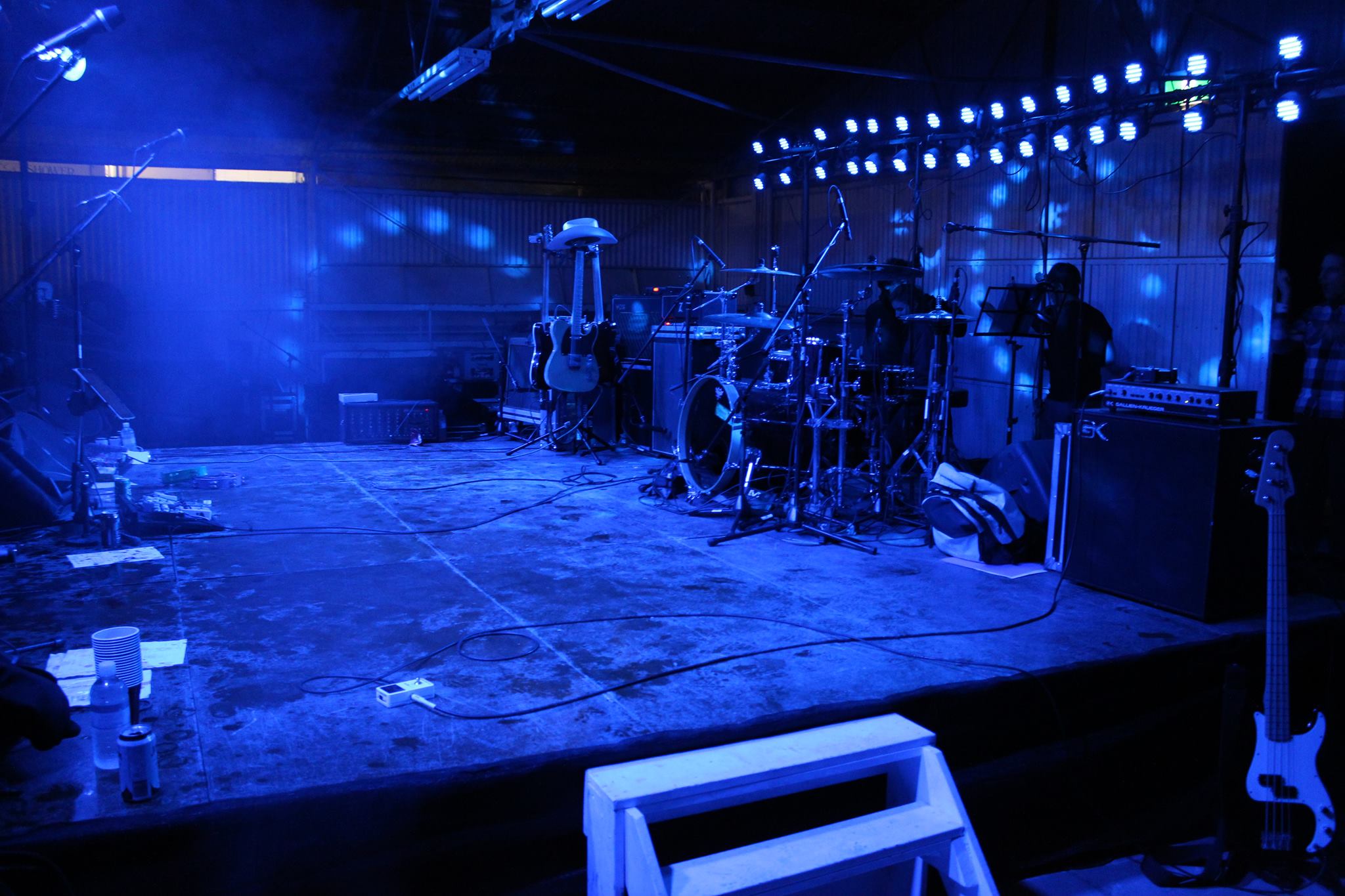After $1.4 billion COVID blow-out, live biz now looks at future-proofing itself

With “return to action” and “the new normal” still proving to be moving targets, sobering figures from Live Performance Australia (LPA)’s 2019 and 2020 Ticket Attendance and Revenue Report last Thursday can serve as a starting point.
Contemporary music remained the biggest category, accounting for over 50% total revenue of live performance at $309 million and 37% of attendances (nearly 3 million).
But it experienced a decline of 63% in revenue and 65% in attendance between 2019 and 2020.
Contemporary music, combined with festivals, were 60% of total industry revenue and 43% of attendances.
According to the LPA, the overall live entertainment industry lost $1.4 billion in revenue in 2020, with ticketing data showing close to a 70% drop in revenue and attendance after it shut down in mid-March 2020.
Chief executive Evelyn Richardson said these are “stark numbers”.
“EY’s analysis of 2019 and 2020 data clearly shows the massive hit the live entertainment industry took in 2020,” she said.
“Ongoing restrictions, lockdowns and border closures caused significant disruption to an industry heavily reliant on national touring.
“In 2020, the number of tickets issued to live performance events fell by 68% to under 8 million, ticket sales revenue fell by 69% to $600 million, and the average ticket price fell from $92.89 to $87.14.”
With the live entertainment sector’s return delayed to late 2022, and the collapse of confidence within the sector, the association insists it needs an insurance scheme to underwrite investment risk and a targeted Business Reactivation package to ensure it can retain capacity to operate when border, venue capacity and operational restrictions are eased.
“While much of the economy will be returning to pre-COVID activity, the live music and entertainment industry will be constrained by venue capacity and border restrictions for some months,” the report said.
The $90 million Business Reactivation Fund includes capital investments to restart and market productions and tours; and support for service providers to live shows as production and technical businesses, stage-hands, riggers, video, sound and lighting specialists.
Last year, when LPA looked at an October 2021 return, it made other recommendations as part of a $345 million rebuild strategy.
This included a Community Engagement Fund to support regional venues get local communities engaged and to develop work; and an Australian Music Recovery Fund.
The plan included digital and technology innovation; an extra $70 million for the Australia Council; domestic incentives to help Australians reconnect with live performance events via a $55 million ‘See It Live’ household e-voucher scheme and travel incentives to attract international visitors to attend live events here.
The NSW/Victoria Axis

In the new October 2021 report, the LPA believes the health of the national industry in 2022/23 depends on NSW and Victoria, which have the largest share of revenue and attendance.
In 2019, the two states commanded 66% of revenue and 61% of attendance. In 2020, it dropped to 56% of revenue and 45% of attendance due to Victoria’s lengthy lockdown.
Both State Governments have recently cast lifelines for the summer months.
Artists, musicians, theatres, venues, festivals, screen studios and cultural organisations in NSW will share in $86 million to bounce back quicker.
This includes $50 million for the Performing Arts Relaunch package for theatres and other performance venues, and $25 million for the Festival Relaunch package so established commercial and not-for-profit festivals, big and small, can program into 2022/23.
The State Government also set up an Event Saver Fund to provide support in case major festivals and events are impacted by COVID-19 cancellations or postponements in 2022.
The Victorian Government’s vaccinated economy trial with a capped fully vaccinated crowd at the Sidney Myer Music Bowl on Saturday October 30 has been an early success.
All 4,000 tickets were snapped up in two minutes and 30 seconds last Friday (October 22) at $30 a pop to the Play On Victoria show.
Baker Boy, King Gizzard and the Lizard Wizard, Vika and Linda Bull, Amyl & The Sniffers and Grace Cummings will perform. There are also some regional concerts.
On Sunday (October 24), premier Daniel Andrews announced that with the state reaching the 80% rate quicker than expected, from October 29 indoor venues would go to 75%, non-seated venues would lose their caps and music festivals could have up to 5,000.
99 National Venues

The Federal Government has also recently confirmed fresh funding, some for projects to start as early as November.
Ninety-nine venues shared in $2.5 million of the $20 million Live Music Australia program. Most plan to use it on upgrading lighting and sound gear, buying new equipment, developing and marketing music programs, paying artists and training tech staff.
However, only some were making deep-dive changes for the post-pandemic world.
Morgan William Lewis plan to make alterations within the venue to meet COVID regulations, Sydney’s Hordern Pavilion will set up a new system to ensure public safety, and Brisbane’s The Brightside and Bucket Brewery are expanding their stages outside.
Experts say the venue of the future will move more action outside, including merch stands, food and drink stalls, and toilets.
“It is important that our live music sector will be primed to host performances and gigs when permitted to do so,” federal arts minister Paul Fletcher explained.






























